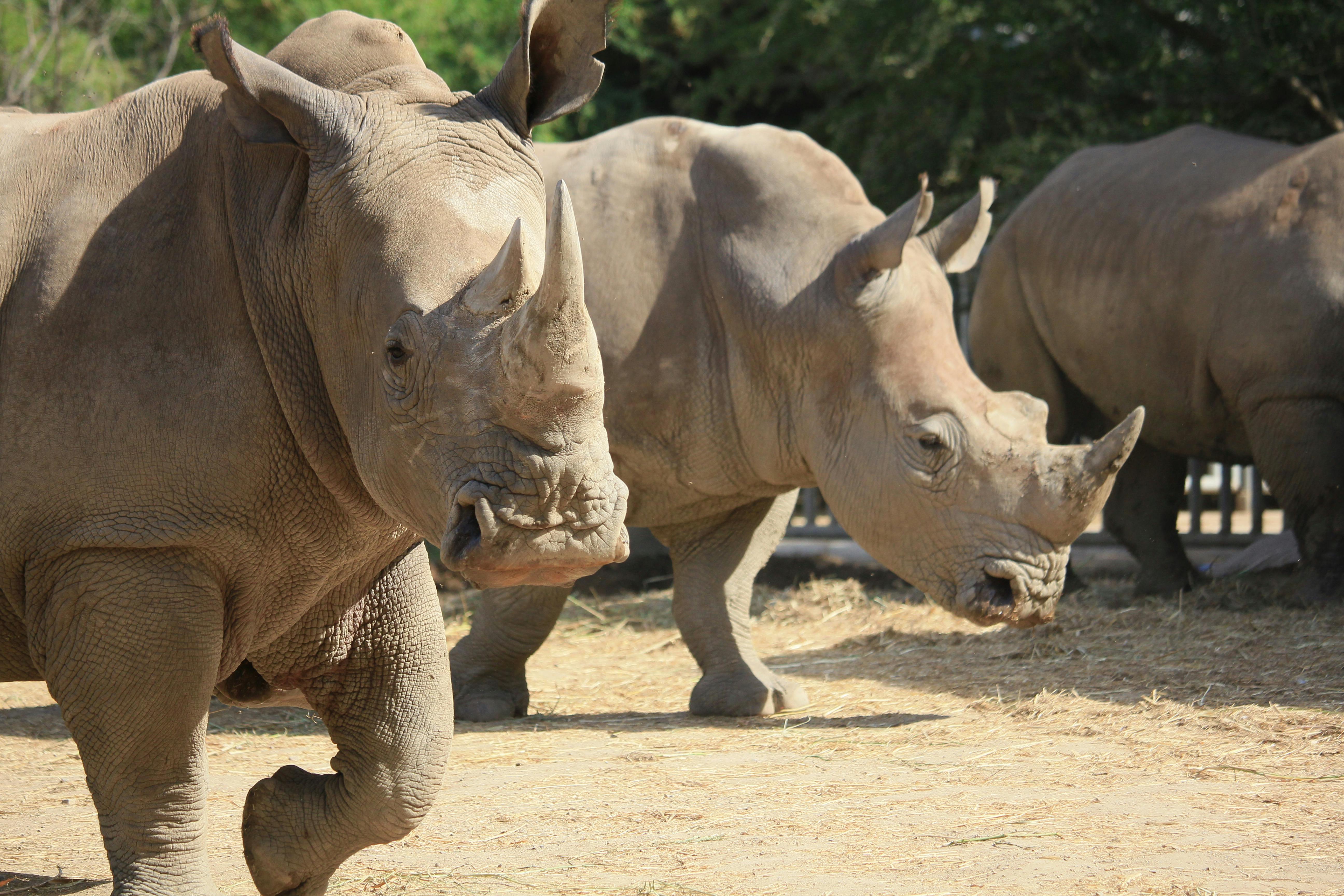By Anna Lexxy Mbucho
Human activity has a significant effect on wildlife because it causes pollution, habitat degradation, climate change, and species endangerment. Biodiversity is declining because of the degradation of innumerable species’ natural habitats brought about by an expanding global population and rising consumption. Youth may, however, act to save threatened species and their habitats, helping preserve biodiversity for future generations.
Many species are forced into smaller habitats or become extinct due to extensive destruction of forests for logging, urbanization, and agriculture. Natural habitats are being invaded by the growth of infrastructure and towns, which is dividing ecosystems and separating wildlife populations. The amount of wildlife habitat lost when natural areas are turned into agricultural fields is decreased, and hazardous fertilizers and pesticides are frequently used.
Plastic garbage is frequently mistaken for food by wildlife, especially marine species, which can result in harm or even death. Ecosystems are upset by the pollution of natural environments caused by plastics. Heavy metals, industrial pollutants, and pesticides can contaminate wildlife, interfere with reproduction, and damage ecosystems. Air and water pollution caused by emissions from factories, cars, and agricultural runoff can kill or seriously damage wildlife and devastate ecosystems.
Due to their sensitivity to temperature changes, many species may find it more difficult to survive as the climate warms. For example, polar bears are losing their ice homes, while coral reefs are bleaching because of increasing sea temperatures. Hurricanes, floods, and droughts become increasingly common and severe due to climate change, and these weather disasters can destroy wildlife populations and their habitats. The waters are becoming more acidic due to rising carbon dioxide levels, which is detrimental to fish, shellfish, and coral reefs.
Illegal hunting and poaching for meat, trophies, or traditional medicine are driving many species to the brink of extinction. Unsustainable fishing practices deplete fish populations, disrupt marine ecosystems, and endanger species that rely on these fish for food. The global trade in exotic pets, animal parts, and plants leads to the decline of species in the wild.
How can young people help preserve biodiversity? Inform people about the value of protecting wildlife and the dangers faced by endangered species through social media, school projects, and neighborhood gatherings. Discover the species that are in danger of extinction, the local and worldwide wildlife challenges, and the efforts being made to protect them. Getting informed is the first step to changing things. Participate in local environmental organizations, wildlife sanctuaries, and conservation groups. Participating in outreach and education initiatives or actively restoring habitats are two examples of volunteer work.
Plan fundraising activities or campaigns to aid groups devoted to preserving the habitats and species of endangered wildlife. Reduce waste by embracing sustainable ways of consuming. Use reusable items instead of single-use plastics, recycle properly, and cut back on your usage of plastics. Give your support to businesses who practice sustainability and stay away from goods that fuel overfishing, deforestation, or the illicit wildlife trade.
Select seafood that has been sustainably sourced, cut back on meat consumption, and encourage organic and regional agricultural methods that do not damage wildlife habitats. To support stricter rules and regulations pertaining to wildlife protection, write to your local and national authorities. Urge governments to deal with climate change, preserve natural habitats, and implement anti-poaching laws. Participate in or launch initiatives to save threatened species’ habitats. Take part in occasions such as Earth Day and World Wildlife Day to promote awareness and encourage action.
Participate in community cleanup efforts, tree planting, and wetland restoration. Local creatures can enjoy safe havens thanks to habitat restoration. Encourage families, towns, and schools to establish green areas or gardens that will supply local wildlife with food, water, and shelter. Planting native flowers is one little gesture that can have a significant impact.
Avoid purchasing ivory, exotic pets, mementos manufactured from endangered species, and anything derived from endangered plants or animals. Select companies, such as eco-tourist providers and ethical clothing labels, that place a high priority on sustainability and the preservation of biodiversity.
Youth play a critical part in wildlife protection. Young people may be vital contributors to the creation of a more sustainable future by learning how human activities impact wildlife and adopting proactive measures to safeguard endangered animals and their habitats. In the battle to save the world’s priceless biodiversity, youth can make a substantial difference by banding together and taking tiny but meaningful actions.

